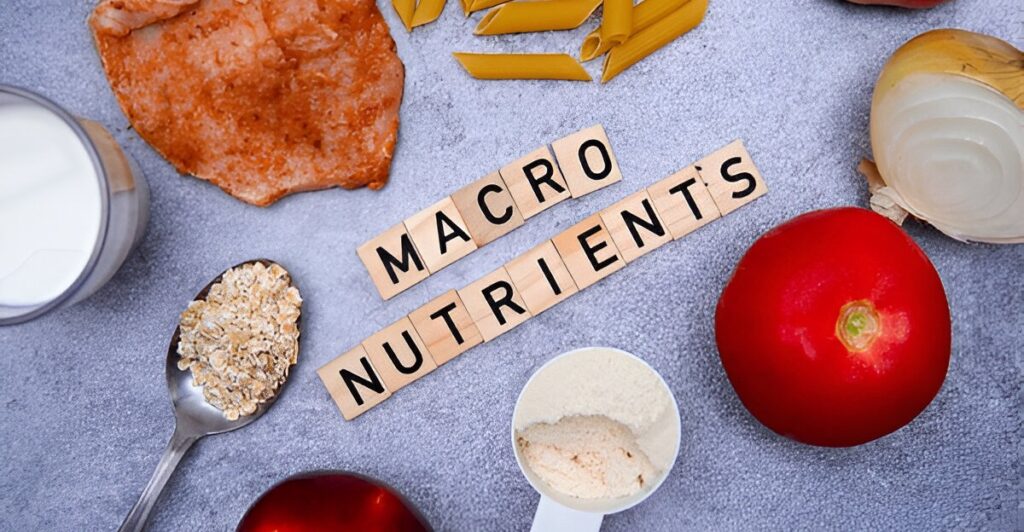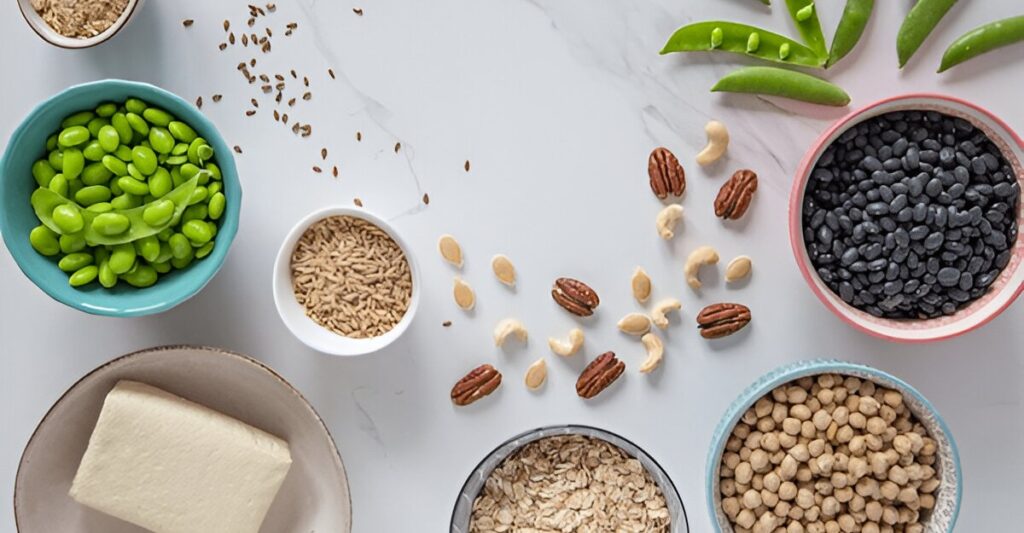Maintaining stable blood sugar levels is crucial for overall health, especially for those with diabetes, prediabetes, or anyone looking to optimize energy and wellness. Poor blood sugar control can lead to fatigue, weight gain, and long-term complications like heart disease or nerve damage. The good news? Nutrition plays a pivotal role in managing blood sugar effectively. In this article, we’ll share practical, science-backed nutrition tips for managing blood sugar naturally, helping you feel your best.
Why Nutrition Matters for Blood Sugar Control
Blood sugar, or glucose, is the body’s primary energy source, regulated by insulin, a hormone produced by the pancreas. When you eat, carbohydrates break down into glucose, causing blood sugar to rise. For those with insulin resistance or diabetes, this process can become inefficient, leading to spikes and crashes in blood sugar levels.
A balanced diet tailored for managing blood sugar can improve insulin sensitivity, reduce glucose spikes, and promote steady energy. By choosing the right foods and eating habits, you can take control of your blood sugar and support long-term health.
Top Nutrition Tips for Managing Blood Sugar
Here are actionable nutrition strategies to help stabilize your blood sugar levels:
1. Prioritize Low-Glycemic Foods
The glycemic index (GI) measures how quickly a food raises blood sugar. Low-GI foods (55 or less) release glucose slowly, preventing sharp spikes. Incorporate these into your diet:
- Non-starchy vegetables: Broccoli, spinach, zucchini, and cauliflower.
- Whole grains: Quinoa, barley, and steel-cut oats.
- Legumes: Lentils, chickpeas, and black beans.
- Nuts and seeds: Almonds, chia seeds, and flaxseeds.
Avoid high-GI foods like white bread, sugary drinks, and processed snacks, which can cause rapid blood sugar spikes.
2. Balance Your Plate with Macronutrients
A balanced meal combining carbohydrates, protein, and healthy fats slows digestion and stabilizes blood sugar. Use the “plate method” as a guide:
- Half your plate: Non-starchy vegetables like leafy greens or bell peppers.
- One-quarter: Lean protein such as chicken, fish, tofu, or eggs.
- One-quarter: Fiber-rich carbs like sweet potatoes, brown rice, or quinoa.
- Add healthy fats: Avocado, olive oil, or a handful of nuts.
This approach ensures steady glucose release and keeps you full longer, reducing cravings.
3. Increase Fiber Intake
Fiber slows the absorption of sugar, helping to manage blood sugar levels. Aim for 25–35 grams of fiber daily from sources like:
- Vegetables: Brussels sprouts, carrots, and kale.
- Fruits: Berries, apples, and pears (with skin for extra fiber).
- Whole grains: Bulgur, farro, and whole-wheat pasta.
- Legumes: Kidney beans, split peas, and lentils.
Soluble fiber, found in oats and chia seeds, is especially effective for blood sugar control as it forms a gel-like substance that slows glucose absorption.
4. Choose Healthy Fats
Healthy fats, particularly omega-3s and monounsaturated fats, improve insulin sensitivity and reduce inflammation, both critical for managing blood sugar. Include:
- Fatty fish: Salmon, mackerel, and sardines.
- Nuts and seeds: Walnuts, flaxseeds, and sunflower seeds.
- Oils: Extra virgin olive oil and avocado oil.
Limit saturated and trans fats found in fried foods and processed snacks, as they can worsen insulin resistance.
5. Watch Portion Sizes and Meal Timing
Overeating, even healthy foods, can raise blood sugar. Practice portion control by using smaller plates or measuring servings. Additionally, meal timing matters:
- Eat regularly: Aim for three balanced meals or smaller, frequent meals every 3–4 hours to prevent blood sugar dips.
- Avoid late-night eating: Eating close to bedtime can disrupt glucose regulation and sleep.
- Pair carbs with protein or fat: This combination slows digestion and minimizes spikes.
6. Limit Added Sugars and Refined Carbs
Added sugars and refined carbohydrates, like those in soda, candy, and white flour products, cause rapid blood sugar spikes. Check food labels for hidden sugars (e.g., high-fructose corn syrup, dextrose) and opt for natural sweeteners like stevia or small amounts of honey if needed. Replace refined carbs with whole-grain alternatives to maintain steady glucose levels.
7. Stay Hydrated
Dehydration can elevate blood sugar by concentrating glucose in the bloodstream. Drink at least 8–10 cups of water daily, and consider unsweetened herbal teas or infused water for variety. Limit sugary beverages, including fruit juices, which can spike blood sugar quickly.
8. Incorporate Blood Sugar-Friendly Superfoods
Certain foods have unique properties that support blood sugar control. Add these to your diet:
- Cinnamon: May improve insulin sensitivity when sprinkled on oatmeal or yogurt.
- Apple cider vinegar: Taking 1–2 tablespoons before meals may reduce post-meal glucose spikes.
- Berries: Low in sugar and high in antioxidants, they’re perfect for satisfying sweet cravings.
- Chia seeds: Rich in fiber and omega-3s, they help stabilize glucose when added to smoothies or puddings.
Lifestyle Habits to Complement Nutrition
While nutrition is key for managing blood sugar, combining it with healthy habits amplifies results:
- Exercise regularly: Physical activity improves insulin sensitivity. Aim for 150 minutes of moderate exercise weekly, like brisk walking or strength training.
- Manage stress: Chronic stress raises cortisol, which can elevate blood sugar. Practice mindfulness, yoga, or deep breathing.
- Get enough sleep: Poor sleep disrupts glucose regulation. Aim for 7–9 hours of quality sleep nightly.
Who Can Benefit from These Nutrition Tips?
These strategies are ideal for anyone looking to manage blood sugar, including:
- People with type 1 or type 2 diabetes.
- Those with prediabetes aiming to prevent progression.
- Individuals seeking sustained energy and better overall health.
However, consult a healthcare provider or dietitian before making significant dietary changes, especially if you have medical conditions or take medications that affect blood sugar.
Potential Challenges and How to Overcome Them
Adopting a blood sugar-friendly diet can come with hurdles. Here’s how to address common challenges:
- Cravings for sweets: Satisfy sweet tooth with low-GI fruits or dark chocolate (70% cocoa or higher).
- Time constraints: Prep meals in advance or choose simple recipes, like stir-fries or salads.
- Social dining: Plan ahead by checking menus or eating a small, balanced snack before events to avoid overeating.
Conclusion: Take Charge of Your Blood Sugar
Managing blood sugar through nutrition is a powerful, proactive step toward better health. By prioritizing low-GI foods, balancing macronutrients, and incorporating fiber, healthy fats, and superfoods, you can stabilize glucose levels and feel more energized. Pair these nutrition tips with exercise, stress management, and proper sleep for optimal results.
Ready to start? Begin by swapping one high-GI food for a low-GI alternative or adding a fiber-rich food to your meals. Small, consistent changes can lead to significant improvements in blood sugar control and overall wellness.


